The world is steadily shifting towards energy-efficient solutions, and the lighting industry is no exception. A significant development in this field is the concept of lighting retrofit. This process involves upgrading outdated lighting systems, such as incandescent or fluorescent lights, with modern, energy-efficient LED alternatives.
In this comprehensive guide, we'll delve into the benefits, process, and various aspects of lighting retrofit, enabling you to make well-informed decisions for your residential or commercial spaces.
Understanding Lighting Retrofit
Lighting retrofit refers to the process of replacing outdated or inefficient lighting fixtures, bulbs, or components with newer, more efficient LED (Light Emitting Diode) technology. It's not just about bulb replacement but also involves the modification of existing light fixtures to accommodate the new technology.
Retrofitting not only enhances the energy efficiency of your lighting systems but also improves their performance and longevity, making it a popular choice for both homeowners and businesses.
Why Opt for Lighting Retrofit?
Why should you consider retrofitting your lights? Here are some compelling reasons:
- Energy Efficiency
LEDs use significantly less energy compared to traditional lighting solutions like incandescent or fluorescent bulbs. By retrofitting your lighting system with LEDs, you can achieve substantial energy savings, which translates into lower electricity costs.
- Long Lifespan
LEDs are known for their long lifespan. They can last up to 50,000 hours, which is significantly longer than traditional bulbs. This results in fewer bulb replacements, reducing maintenance costs and downtime.
- Superior Quality of Light
LED lights provide bright, clear, and consistent illumination, enhancing the lighting quality in any space. They also offer various color temperatures and brightness levels, allowing you to create the perfect atmosphere for any room or situation.
- Safety
LED lights are safer than traditional bulbs. They don't emit harmful UV light and are free from hazardous materials like mercury, which pose significant health risks upon exposure.
Steps to Retrofit Your Existing Lighting
Now that we've understood the benefits of retrofitting, let's look at the steps involved in retrofitting your existing lighting system with LEDs:
Step 1: Identify High Wattage Fixtures
The first step in retrofitting is to identify the fixtures and lamps in your space that consume high wattage. This will help you target areas where you can achieve significant energy-saving improvements.
Step 2: Choose the Right LED Lights
When choosing LED lights for retrofitting, consider factors such as brightness (measured in lumens), color temperature, and compatibility with your existing fixtures. These considerations will help you make the right decision.
Step 3: Establish a Baseline
Before installing new LED lights, it's important to create a baseline for your current lighting system. This will help you understand your existing lighting conditions and measure the improvements achieved through retrofitting.
Step 4: Install LED Lights
Once you've chosen the right LED lights, the next step is to install them. This involves removing the existing lights, preparing the area, attaching the LED lights, and connecting the wiring according to guidelines.
Incentives for Retrofitting
Switching to LED lighting can also provide financial benefits in the form of rebates and incentives offered by many energy providers. By researching local and state programs, gathering necessary documentation, and submitting applications, you can offset initial costs and maximize return on investment in energy-efficient lighting.
Retrofitting Different Types of Lights
There are various types of lights that you can retrofit with LEDs. Here are some of them:
- Recessed Lighting
Recessed lighting fixtures can be retrofitted with LED bulbs or replaced with modern LED recessed lighting fixtures.
- Troffer Lights
Troffer lights, commonly used in commercial and industrial spaces, can be retrofitted with LED panels or replaced with LED fixtures.
- High Bay Fixtures
High bay fixtures, typically found in warehouses or manufacturing facilities, can be replaced with LED alternatives such as corn cob LED fixtures or flat disk-shaped UFO LED fixtures.
- LED Panels
LED panels are versatile and can be used in various spaces. They can replace existing overhead lighting or be installed in areas where overhead lighting did not exist.
Color Temperature
The color temperature of your LED lights plays a vital role in creating the desired ambiance in your space. LEDs come in various color temperatures, ranging from warm (3000K) to cool white (5000K), allowing you to choose the perfect lighting environment for any room or situation.
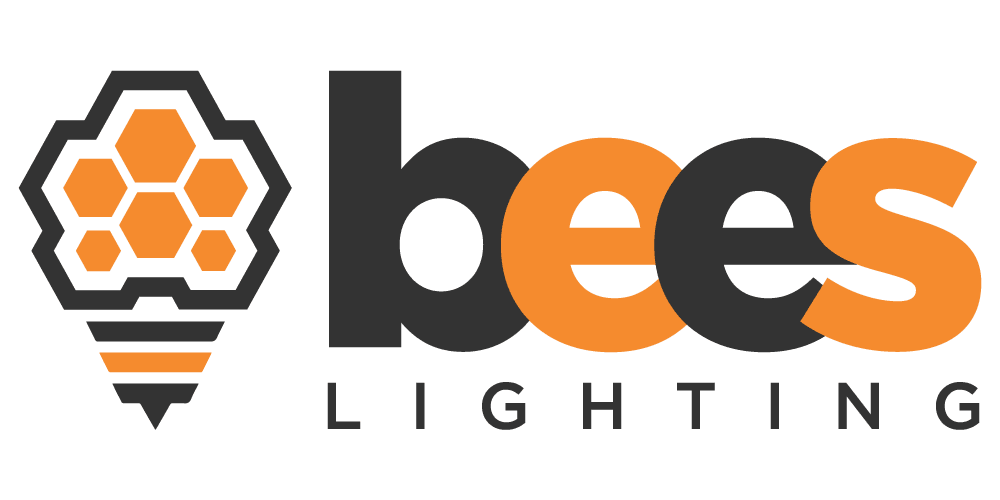

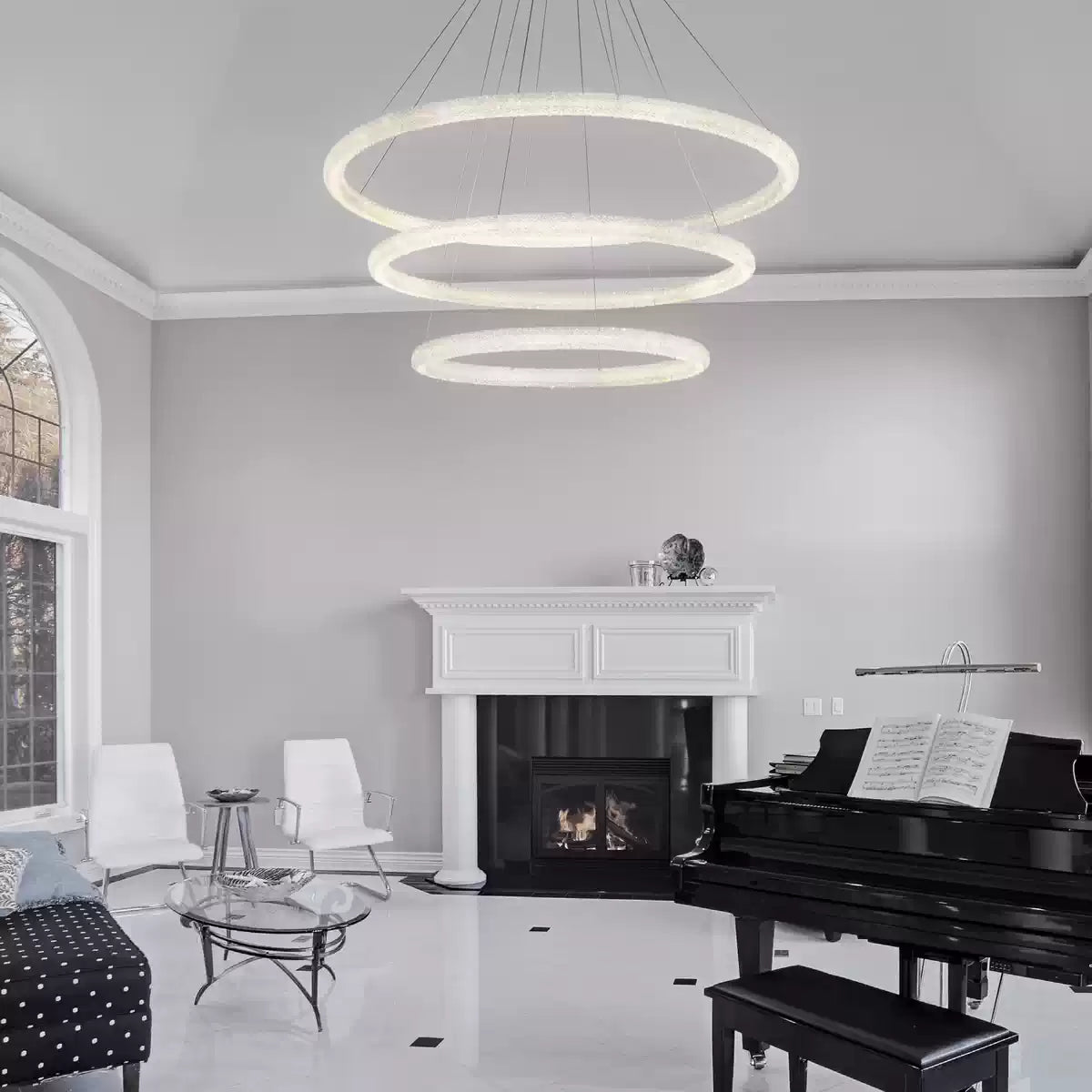
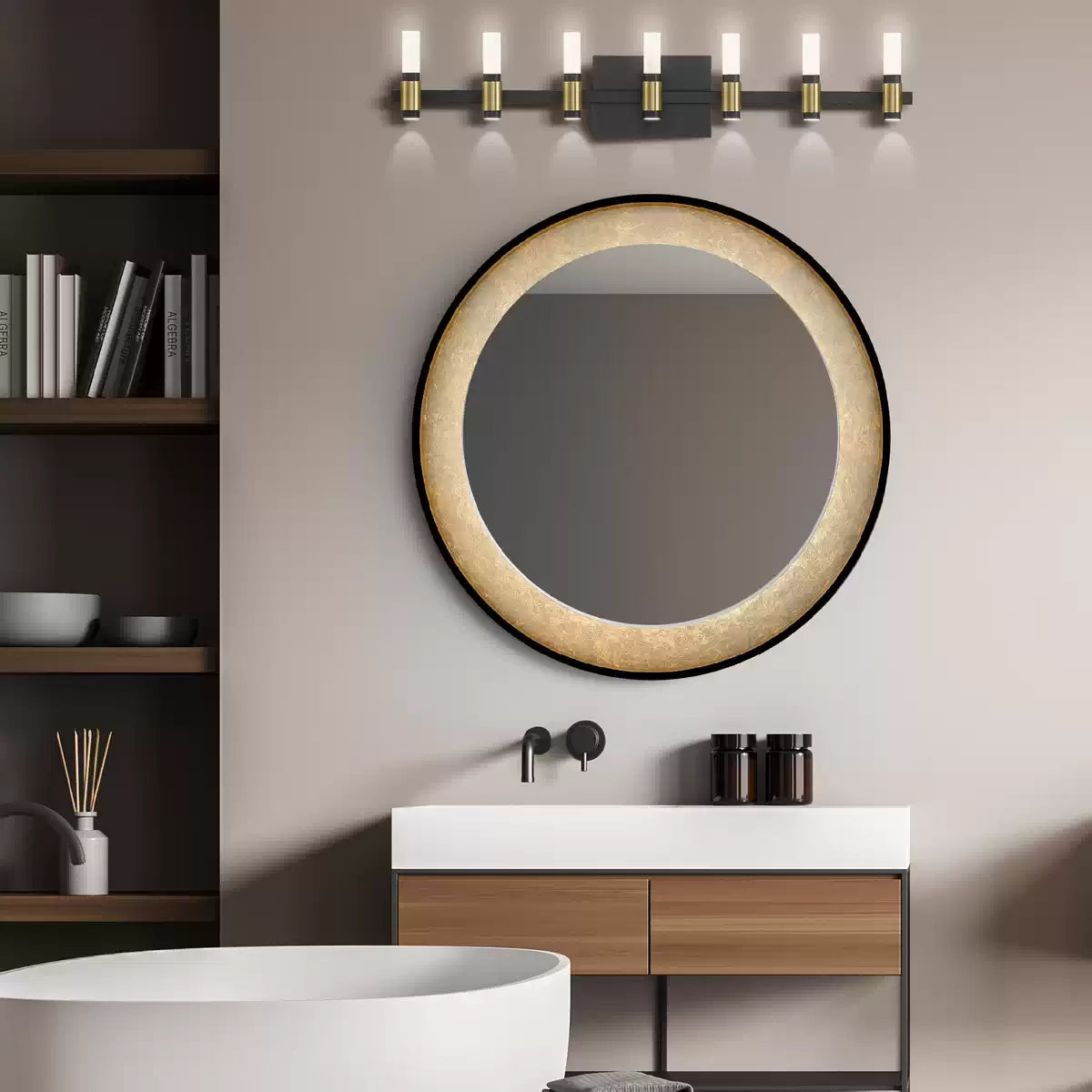
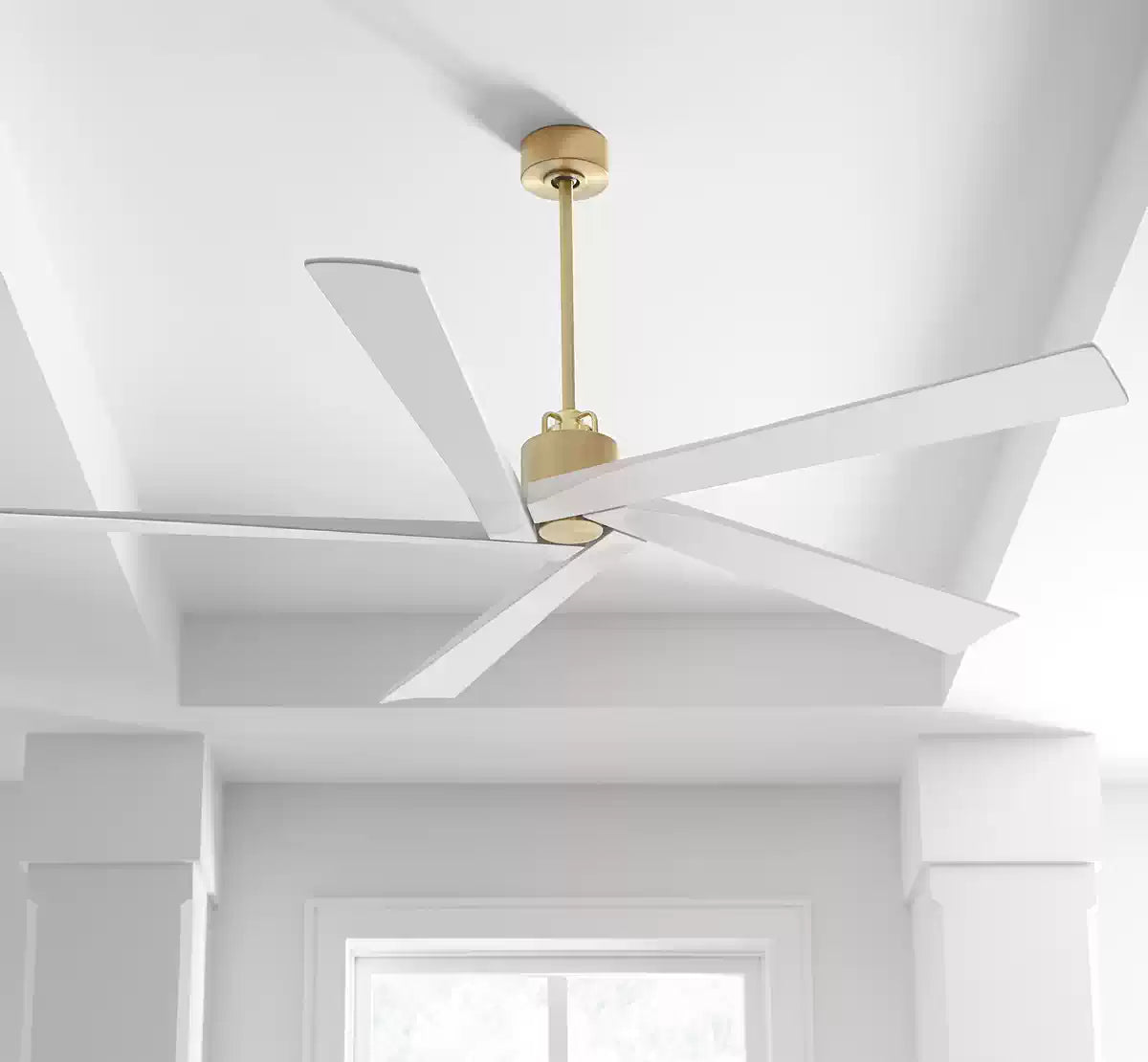
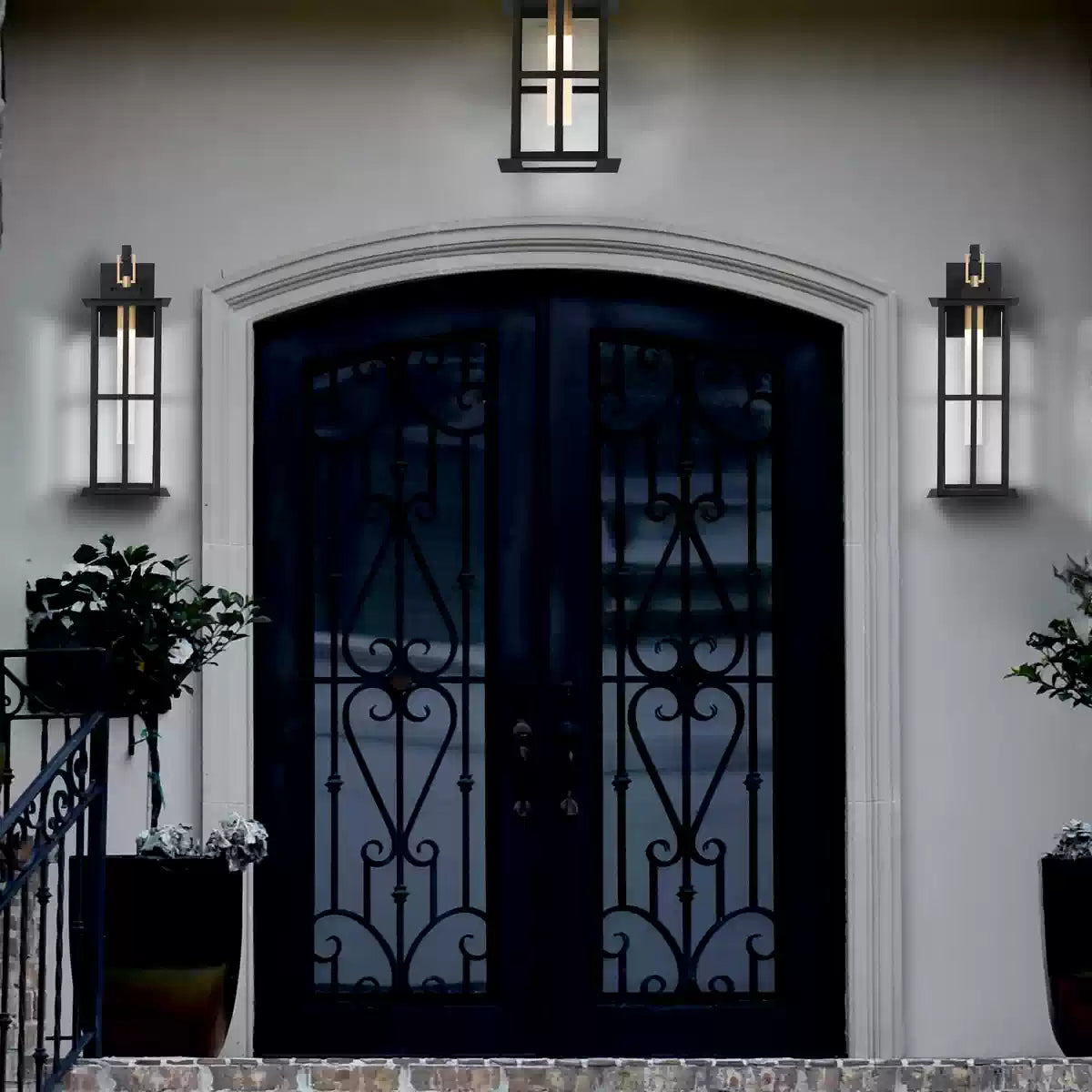
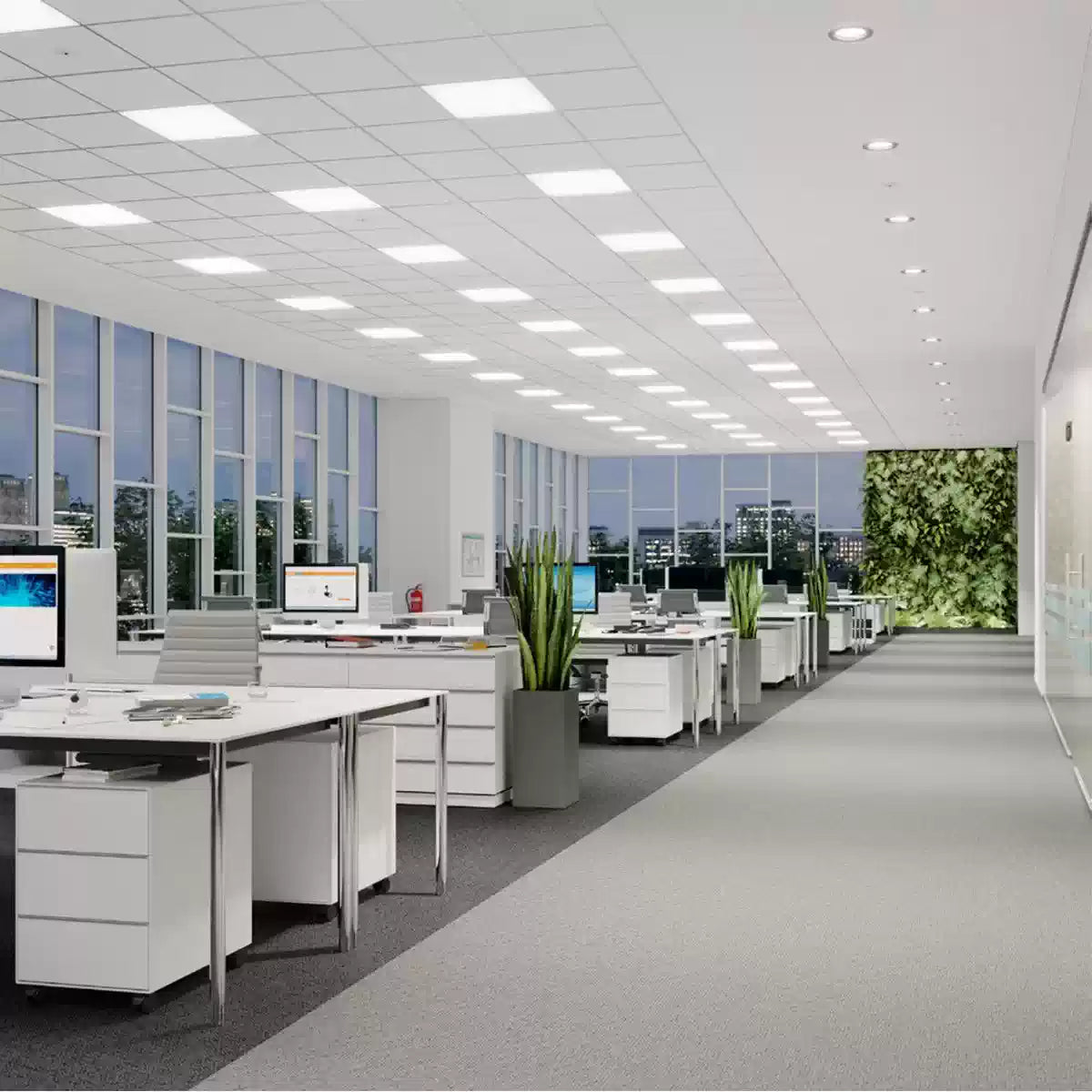
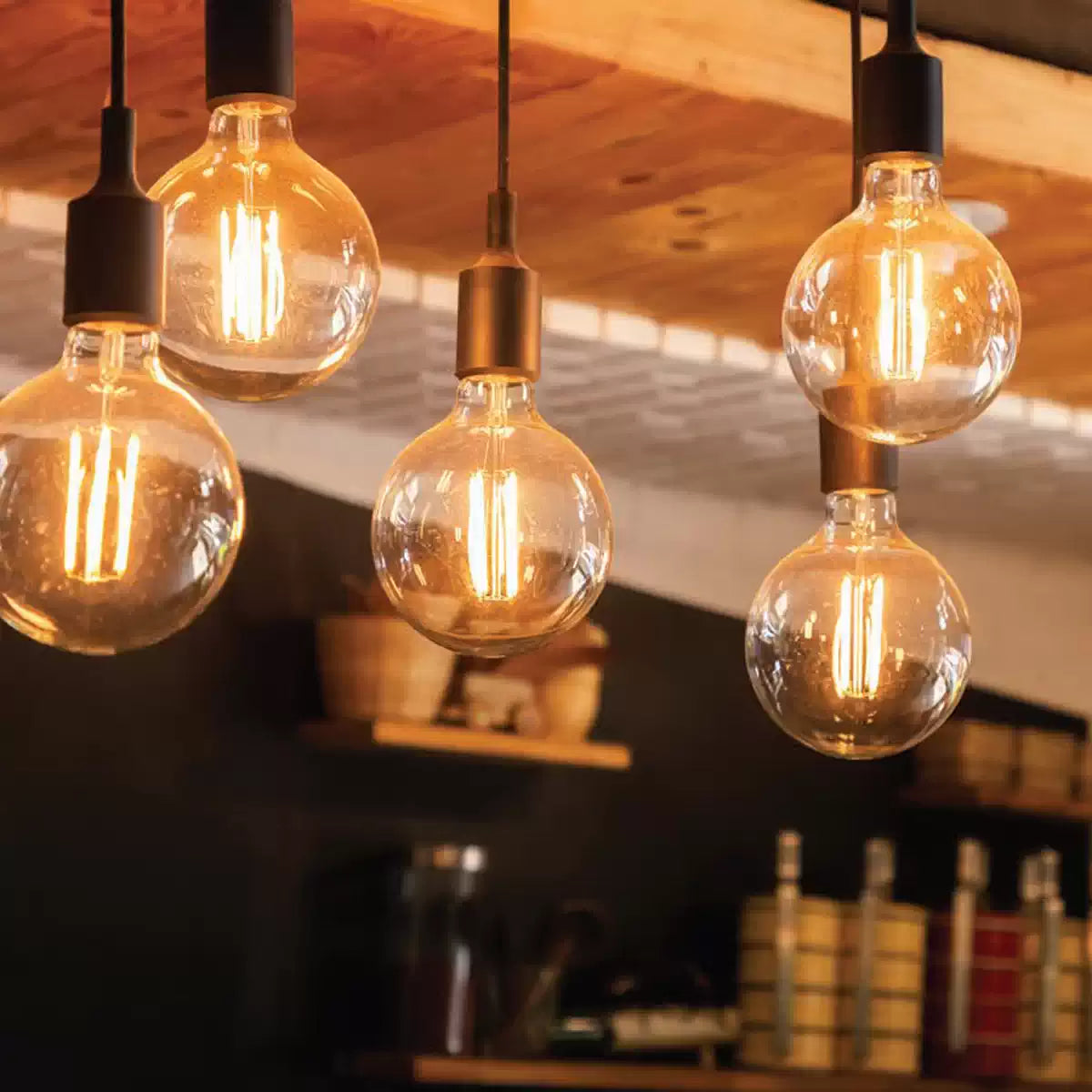


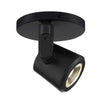





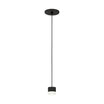
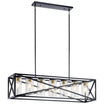


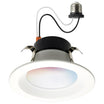



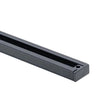
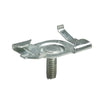


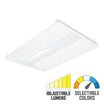
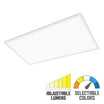
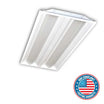










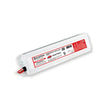
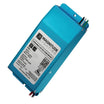
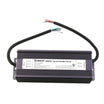

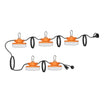

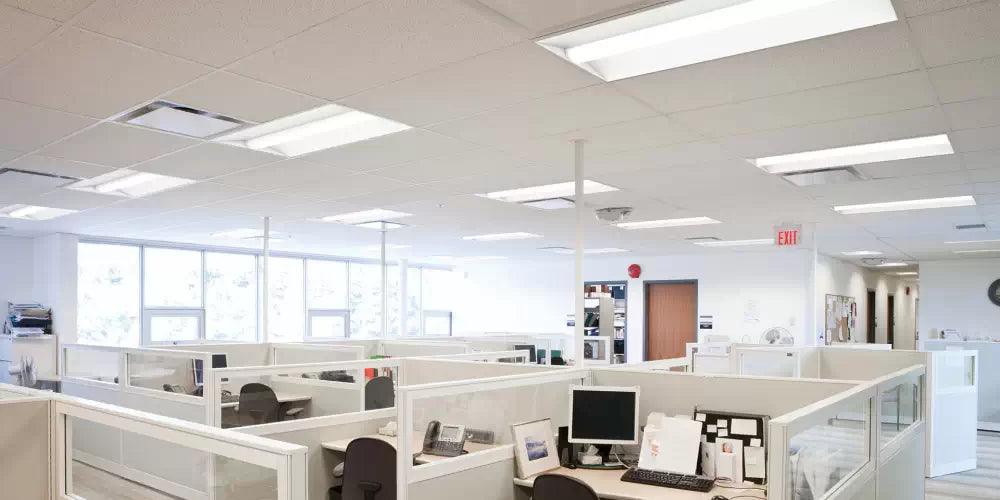
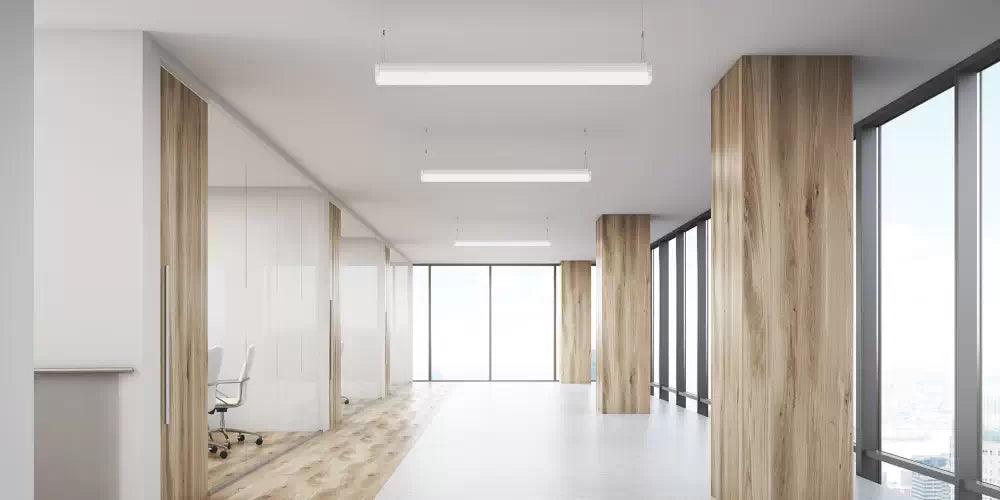

1 comment
Victoria Addington
Thank you for talking about the benefits of LED lighting. As you said, LED lighting improves the lighting quality in any area by offering bright, clear, and steady illumination. I will be sure to share this with others to keep in mind because I believe that giving it a try would be a wonderful idea.
https://zledlighting.com/lamptype/hid-retrofit-kits/
Leave a comment
All comments are moderated before being published.
This site is protected by hCaptcha and the hCaptcha Privacy Policy and Terms of Service apply.